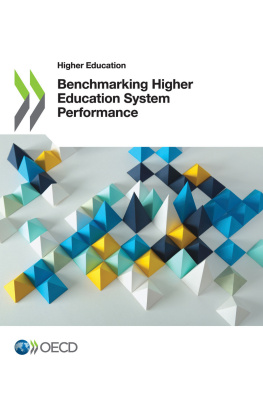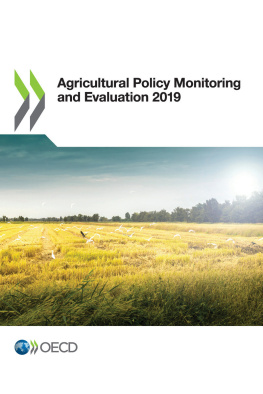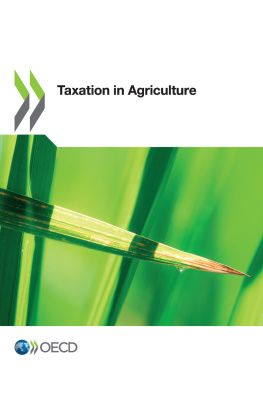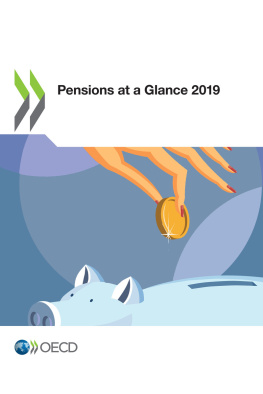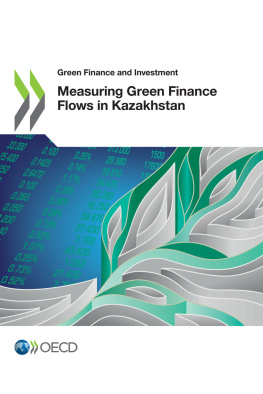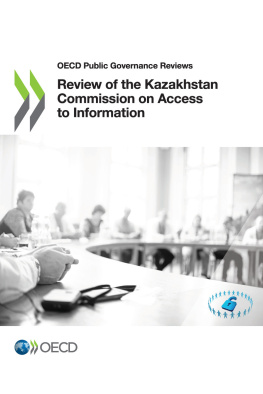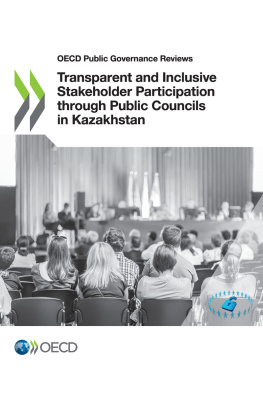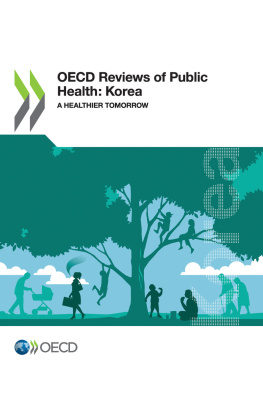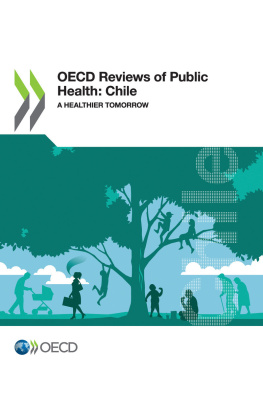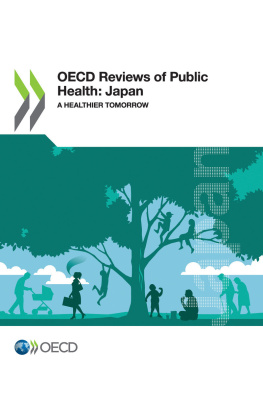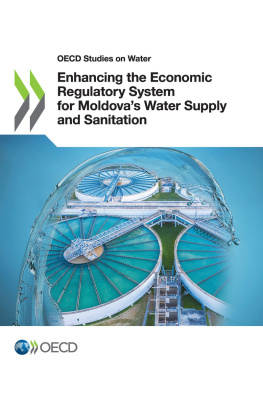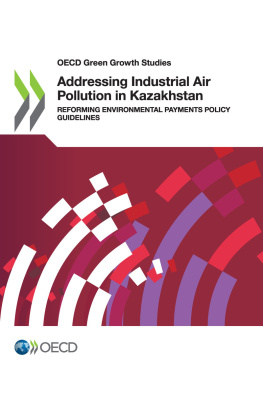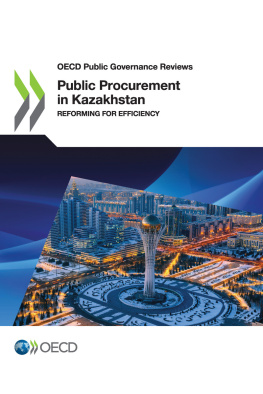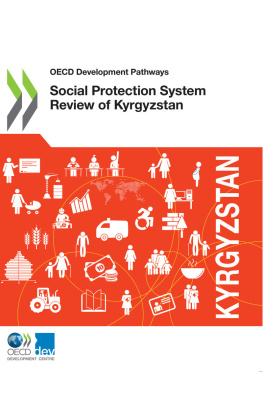OECD - Promoting Clean Urban Public Transportation in Kazakhstan, Kyrgyzstan and Moldova
Here you can read online OECD - Promoting Clean Urban Public Transportation in Kazakhstan, Kyrgyzstan and Moldova full text of the book (entire story) in english for free. Download pdf and epub, get meaning, cover and reviews about this ebook. year: 2019, publisher: OECD Publishing, genre: Politics. Description of the work, (preface) as well as reviews are available. Best literature library LitArk.com created for fans of good reading and offers a wide selection of genres:
Romance novel
Science fiction
Adventure
Detective
Science
History
Home and family
Prose
Art
Politics
Computer
Non-fiction
Religion
Business
Children
Humor
Choose a favorite category and find really read worthwhile books. Enjoy immersion in the world of imagination, feel the emotions of the characters or learn something new for yourself, make an fascinating discovery.
Promoting Clean Urban Public Transportation in Kazakhstan, Kyrgyzstan and Moldova: summary, description and annotation
We offer to read an annotation, description, summary or preface (depends on what the author of the book "Promoting Clean Urban Public Transportation in Kazakhstan, Kyrgyzstan and Moldova" wrote himself). If you haven't found the necessary information about the book — write in the comments, we will try to find it.
OECD: author's other books
Who wrote Promoting Clean Urban Public Transportation in Kazakhstan, Kyrgyzstan and Moldova? Find out the surname, the name of the author of the book and a list of all author's works by series.
Promoting Clean Urban Public Transportation in Kazakhstan, Kyrgyzstan and Moldova — read online for free the complete book (whole text) full work
Below is the text of the book, divided by pages. System saving the place of the last page read, allows you to conveniently read the book "Promoting Clean Urban Public Transportation in Kazakhstan, Kyrgyzstan and Moldova" online for free, without having to search again every time where you left off. Put a bookmark, and you can go to the page where you finished reading at any time.
Font size:
Interval:
Bookmark:
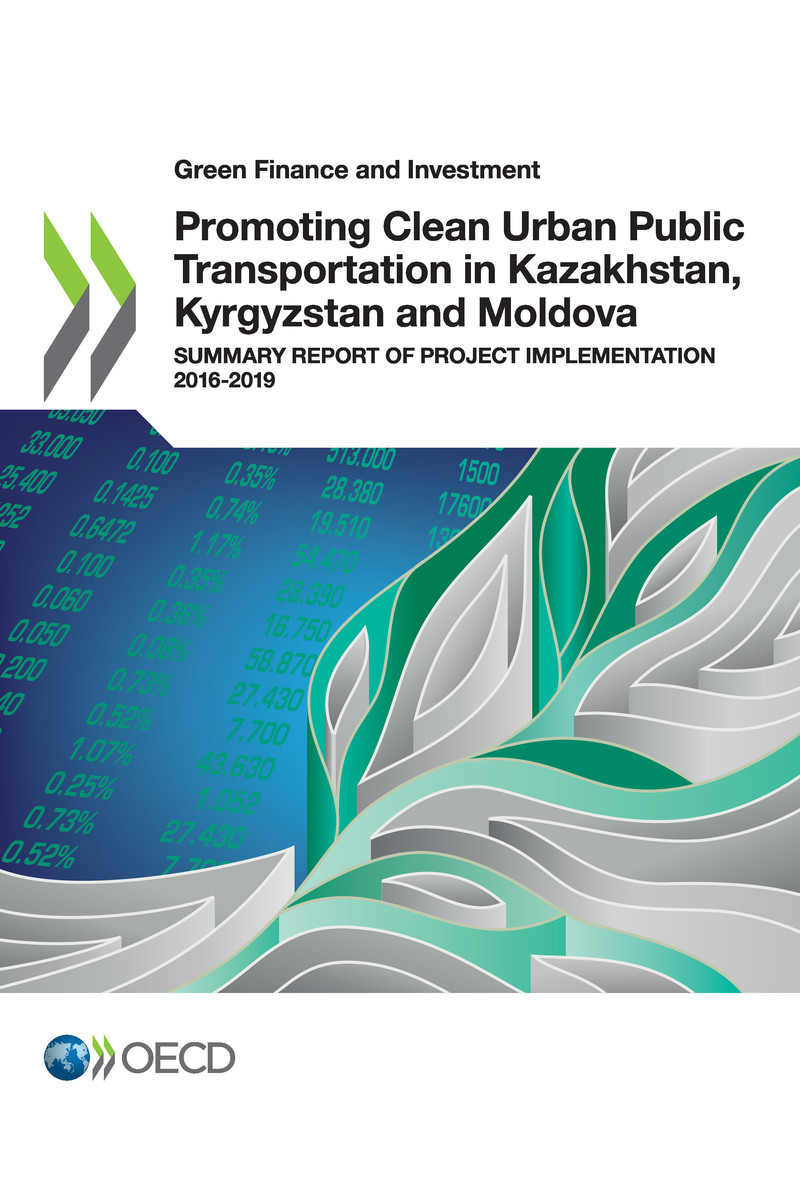
OECD (2019), Promoting Clean Urban Public Transportation in Kazakhstan, Kyrgyzstan and Moldova: Summary Report of Project Implementation 2016-2019 , Green Finance and Investment, OECD Publishing, Paris, https://doi.org/10.1787/fcb6c9de-en .
This report presents the objectives, methodology, procedures and main findings of the project "Strengthening public finance capacity for green investments in the EECCA countries". The project, funded by the Organisation for Economic Co-operation and Development (OECD), was part of a collaboration under the GREEN Action Task Force, for which the OECD provides a secretariat.
The project, conducted between 2016-19, sought to help the partner countries achieve their environmental and climate-related objectives. In line with countries transition to a greener path of development in particular, by reducing the energy and carbon intensity of their economies the technical assistance also aimed to contribute to socio-economic advancement. The project included three country case studies in Eastern Europe, Caucasus and Central Asia (EECCA) region: Kazakhstan (implemented in 2016), Moldova (implemented in 2016-18) and Kyrgyzstan (implemented in 2018).
The following ministries were the OECDs main counterparts in the respective country projects: Ministry of Energy of Kazakhstan; Ministry of Agriculture, Regional Development and Environment (previously, the Ministry of Environment) of Moldova; and Ministry of Economy of Kyrgyzstan. They were assisted in designing and costing of country-level green public investment programmes in line with good international practices. Together, the co-operation partners analysed how (scarce) public funds could be used to benefit the environment and citizens.
The focus of the respective investment programmes was discussed with, and eventually selected by, the partner ministry. In all three countries, the programmes focused on reducing air pollution and greenhouse gas (GHG) emissions from the transport sector. Given limited preparation time and resources for implementation, the scope was narrowed in all three countries. It ultimately focused on improving the environmental consequences of public transport in large urban centres and became known as the Clean Public Transport (CPT) Programmes. The designed programmes help estimate overall implementation costs and, importantly, find sources (both national and international) for their financing.
The respective country reports published in 2017 (Kazakhstan) and 2019 (Moldova and Kyrgyzstan) outline the results of a scoping exercise for increasing an investment demand in public transport fleets. Each of the three country case studies summarises the results of a proposed stepwise approach to the CPT Programme implementation. The approach proposes two phases and in the case of Kazakhstan and Moldova two scenarios for the second (scaling-up) phase. It also identifies two cities to participate in the first (pilot) phase.
The scoping studies for the CPT Programmes involved four main activity areas and outputs: 1) an initial scoping and analytical stage; 2) a costing methodology; 3) a design aligned with international good practice; and 4) an analytical report and training. Activity areas 2) and 3) constituted the backbone of each country project. They aimed to demonstrate in practice how to use scarce public funds to incentivise the private sector to invest in clean and socially important projects.
The respective country reports relied on several elements. First, an extensive review of environmental legislation was undertaken, reflecting standards of the partner country and the European Union. This included, for example, technical regulations regarding public transport. Second, the reports reflected an extensive collection of primary and secondary data on environment, transport and public services. The stocktaking analysis considered the countrys national green growth and climate change commitments and budgetary requirements. The reports also drew from several visits of the project team to the partner country. The team discussed various elements of the investment programme with experts from government offices and local public administrations in pilot cities. It also met consulted with representatives of various international and non-governmental organisations active in the country.
While this synthesis report is not comprehensive, it aims to highlight issues common to all three programmes. All three country case studies have similar objectives and approaches. This is true of the design of the programme, as well as its proposed implementation set-up. However, this synthesis is not a full-fledged comparative analysis of the target sectors (and associated opportunities and challenges) in the respective countries. This is partly due to the reports limited scope, but more due to the fact that each country project was specific and tailored to the partner country needs. Still, this report aims to lay out the main common features with regard to problem analysis, policy recommendations, etc.
The designed CPT Programmes built on previous work by the OECD in public environmental expenditure management, integrating the environmental sector into medium-term budgetary processes and on climate change economics. They also built on earlier OECD work on climate change economics.
More specifically, they use a programme costing methodology (called OPTIC) developed by the OECD, with support by Germany, and tested previously in Kazakhstan. The methodology is focused on climate-related investment programmes.
Font size:
Interval:
Bookmark:
Similar books «Promoting Clean Urban Public Transportation in Kazakhstan, Kyrgyzstan and Moldova»
Look at similar books to Promoting Clean Urban Public Transportation in Kazakhstan, Kyrgyzstan and Moldova. We have selected literature similar in name and meaning in the hope of providing readers with more options to find new, interesting, not yet read works.
Discussion, reviews of the book Promoting Clean Urban Public Transportation in Kazakhstan, Kyrgyzstan and Moldova and just readers' own opinions. Leave your comments, write what you think about the work, its meaning or the main characters. Specify what exactly you liked and what you didn't like, and why you think so.


